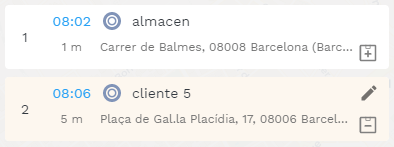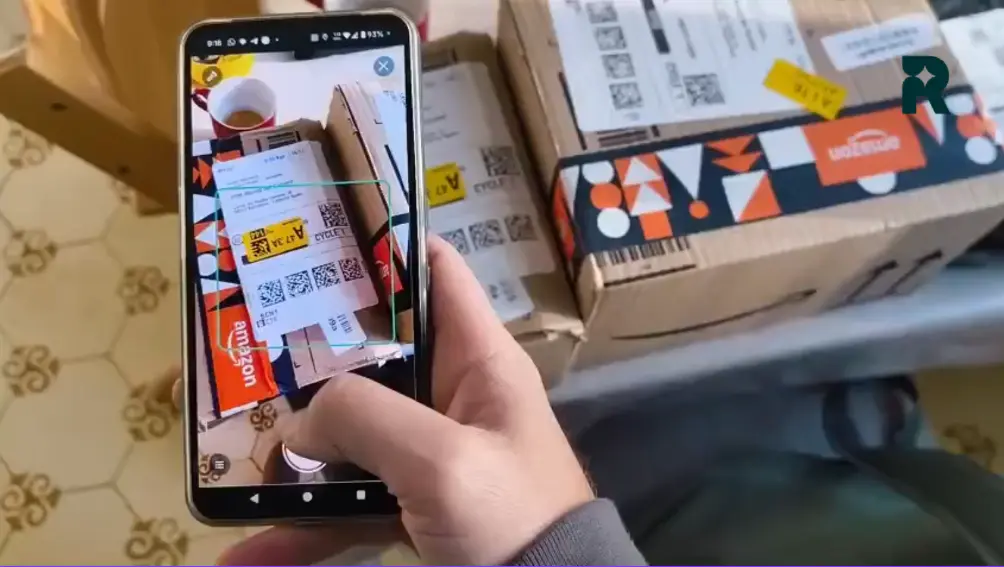Training pills — Ep 11. — Routes with multiple loads in the warehouse

We know how hard your day to day is. Planning routes is a tedious job that requires a lot of concentration and experience. From Routal.com we want to help you, that's why we launched a series of training pills to help you improve day by day. Our goal is for you to plan better, faster and more successfully.
Shall we start?
In this pill we are going to teach you How to make routes so that your trucks have to return to the warehouse to load more merchandise. To do this, we will use the Pick-up & Delivery concept. You'll see that in less than 4 minutes you will know how to use it and get the most out of it.
The concept Pick-up & Delivery It corresponds to the fact that a service must first be picked up in one place and then delivered to another by the same vehicle. If the service has a capacity associated with it (Weight or volume) it will consume this load when picked up (Pick-up) and once it is delivered it will be released (Delivery) leaving free space in the vehicle.
On our route, the Pick-Up is marked with the (+) cargo symbol and the delivery with a (-).

In the following video I show you the process of defining pick-up and delivery in less than 4 minutes.
If we want to squeeze even more out of this functionality, we can define some services without pick-up, which for the system would be like customers who must leave loaded at the beginning of the warehouse, and only define the pick-up for those who cargo may be available at a time farther away from the truck's departure.
It can also be used to manage the reverse logistics, I need to load merchandise from a customer who must return to the warehouse. To do this, I first need to empty the truck and have enough space. It's as simple as defining a pick-up location (Customer) and a delivery, in this case the warehouse.
Microwarehouses in big cities. In this configuration, we have merchandise that leaves a central warehouse on the outskirts of the city, and small warehouses distributed around the city center. The system will try to load as much as possible from the central warehouse and, as space becomes available, it will be able to load merchandise from the microwarehouses to continue distribution.
Personal mobility. When we have to pick up several people at different points and we have to take them to different places. Each person will be a pickup point (Pick-up) and their destination will be Delivery. In this way, we simply have to define a capacity variable as the number of seats available and the optimizer itself will decide the best route for collecting and delivering passengers.
These have been some examples of how to use this functionality to get the most out of completely different scenarios. In the next pill we will delve into these cases and give more examples.
We hope it was useful and we look forward to seeing you next week with more pills to improve your daily efficiency!



%20(25).webp)
%20(24).webp)

%20(22).webp)


.png)


